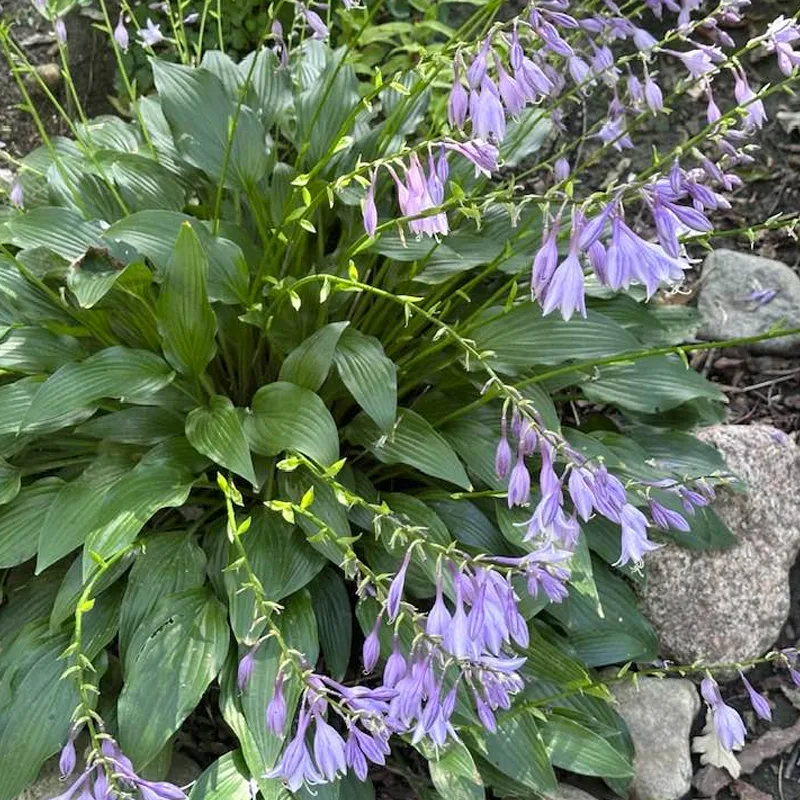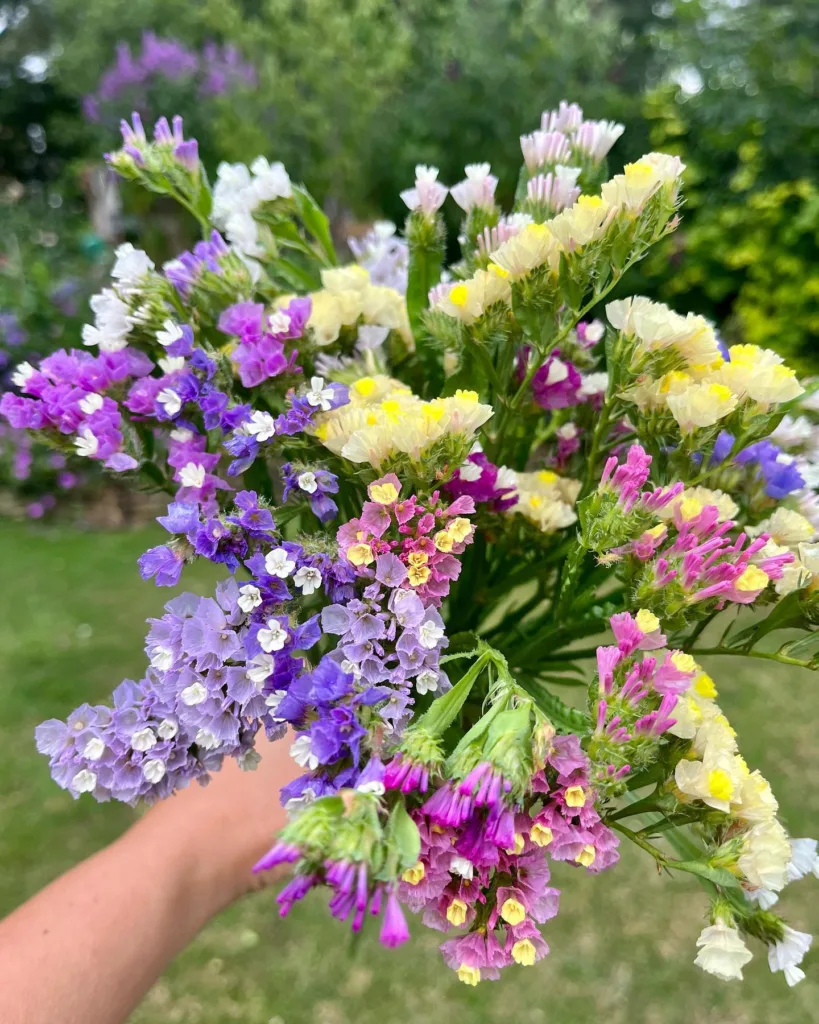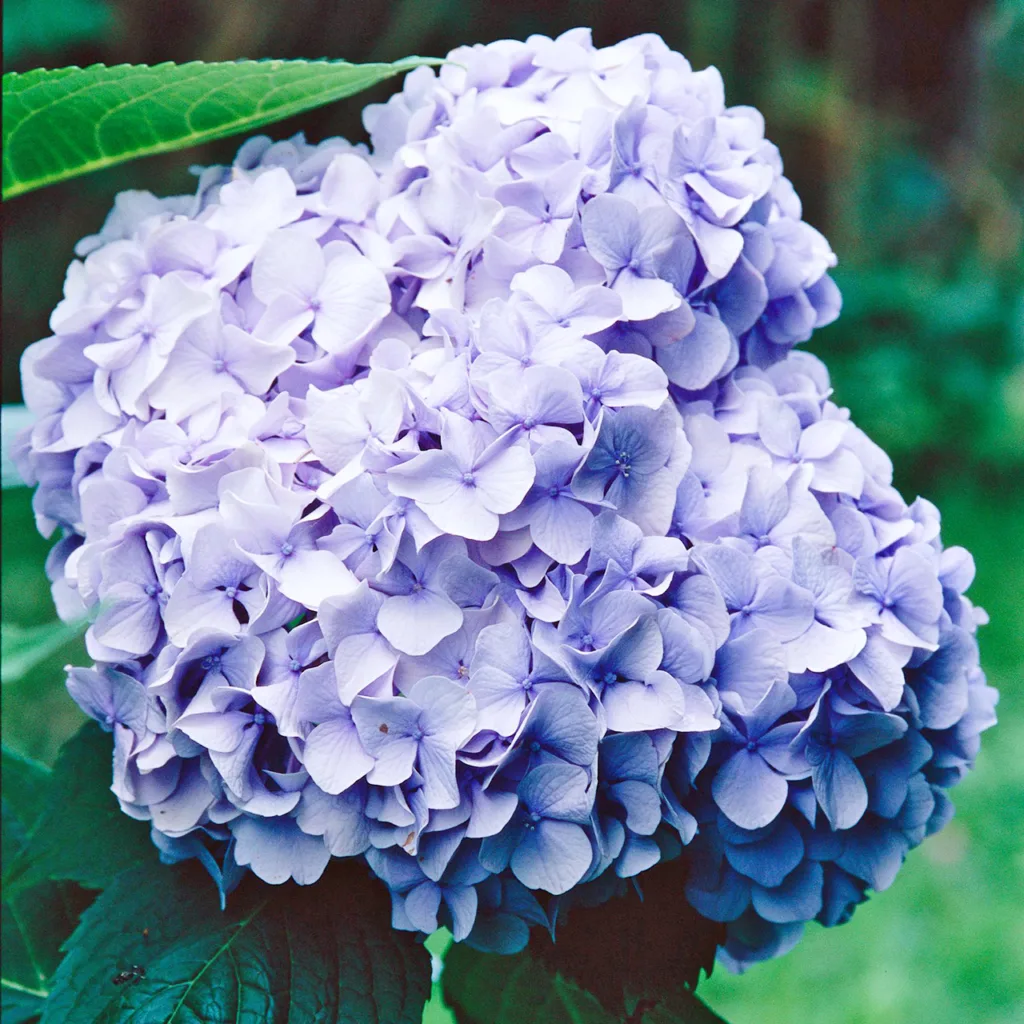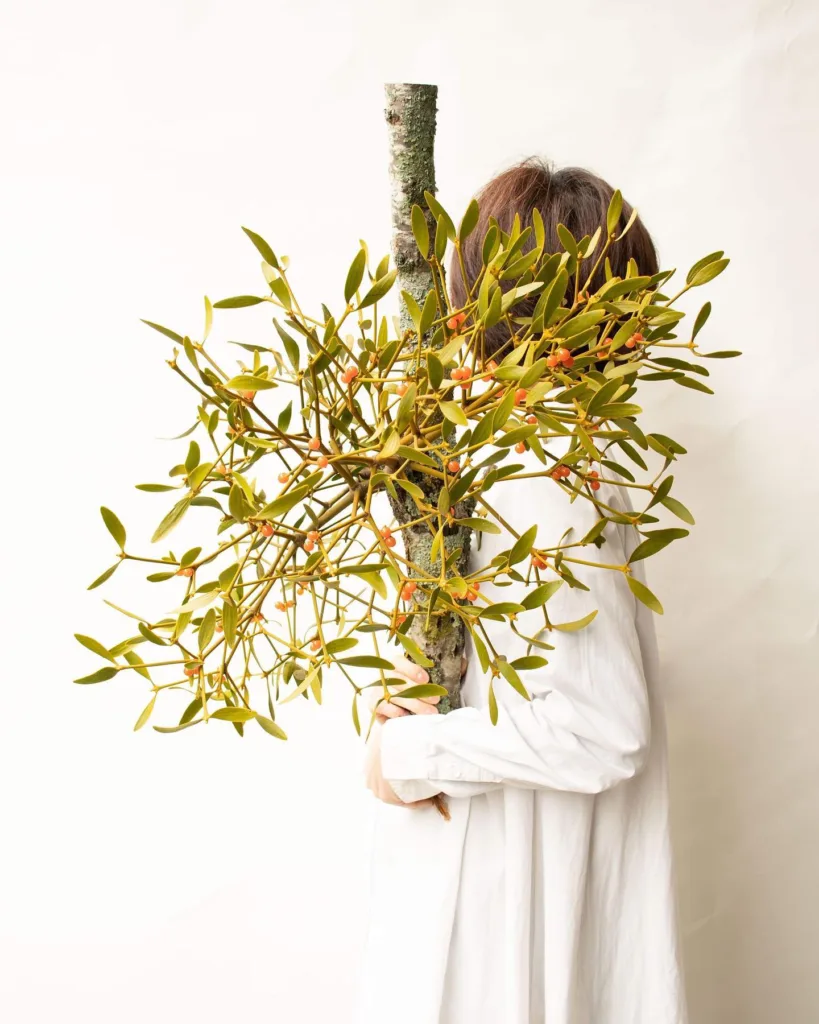
FAQs About the Firecracker Plant
I’ve always been fascinated by the Firecracker Plant, also known as Russelia Equisetiformis. This vibrant, cascading plant earned its name because of its bright red, tubular flowers that resemble tiny firecrackers. If you’re a plant enthusiast like me, you might be interested in learning more about this stunning plant. I’ve compiled a list of frequently asked questions about the Firecracker Plant to help you understand its care requirements, potential issues, and how to make the most of this beauty in your garden.
48 Species in Genus Russelia
What is a Firecracker Plant?
The Firecracker Plant is a semi-woody perennial that belongs to the Plantaginaceae family. It’s native to Mexico and is known for its arching, slender stems covered with small, needle-like leaves. The plant blooms profusely, with vibrant red, orange, or even yellow flowers. These blossoms attract hummingbirds and butterflies, making the Firecracker Plant a favorite for pollinator-friendly gardens. The plant thrives in warmer climates, and it’s often used in hanging baskets, containers, or as a ground cover due to its sprawling nature.
Is the Firecracker Plant Poisonous to Dogs?
As a pet owner, I understand the importance of knowing which plants are safe around our furry friends. The Firecracker Plant is considered non-toxic to dogs, so you can safely plant it in your garden or keep it in your home without worrying about your canine companions. However, as with any plant, it’s still best to discourage pets from chewing on it, as ingesting large amounts of any plant material can cause digestive issues.
Are Firecracker Plants Poisonous to Cats?
Similarly, for those of us with cats, the Firecracker Plant poses no significant toxic risk. It’s generally safe to have around cats, but again, it’s wise to keep an eye on any plant-chewing behavior. While the plant isn’t known to be toxic, cats that nibble on plants might still experience mild stomach upset.
Are Firecracker Plants Perennials?
Yes, Firecracker Plants are perennials, which means they can live for more than two years. In their native environment and other warmer regions, they remain evergreen and can bloom year-round. In colder climates, they might die back in the winter but can regrow from the roots if the ground does not freeze. If you’re in a region with cold winters, you can grow them as annuals or bring them indoors during the cold months to keep them thriving.
Do Deer Eat Firecracker Plants?
One of the great things about Firecracker Plants is that they’re relatively deer-resistant. Deer tend to avoid them, likely due to their slender, wiry stems and the taste of the foliage. This makes them an excellent choice for gardens in areas where deer browsing is a common problem.
How to Care for a Firecracker Plant?
Caring for a Firecracker Plant is relatively straightforward, making it a great option for gardeners of all experience levels. Here are some essential care tips:
- Sunlight: The Firecracker Plant thrives in full sun to partial shade. Aim to give it at least six hours of direct sunlight daily for optimal blooming.
- Watering: This plant prefers consistent moisture, so keep the soil evenly moist but not waterlogged. It’s drought-tolerant once established, but regular watering will encourage more blooms.
- Soil: A well-draining soil mix is essential. You can use a standard potting mix with added sand or perlite to improve drainage.
- Fertilizer: Feed your Firecracker Plant with a balanced, water-soluble fertilizer every 4-6 weeks during the growing season to promote healthy growth and abundant blooms.
- Pruning: Pruning helps maintain the plant’s shape and encourages new growth. Cut back any dead or damaged stems in early spring.
How to Deadhead a Firecracker Plant?
Deadheading is the process of removing spent flowers to encourage new blooms. For the Firecracker Plant, deadheading is simple:
- Wait until the flowers have wilted and started to fade.
- Using sharp scissors or pruning shears, snip off the flower stems just above a set of leaves or new buds.
- This will not only tidy up the plant but will also prompt it to produce more flowers, extending the blooming period.
How to Propagate Firecracker Plants?
Propagating Firecracker Plants can be done through stem cuttings, which is a simple and effective method. Here’s how you can do it:
- Take a cutting of about 4-6 inches from a healthy, non-flowering stem in the spring or early summer.
- Remove the lower leaves, leaving a few at the top.
- Dip the cut end in rooting hormone to increase the chances of successful rooting.
- Plant the cutting in a pot with a well-draining potting mix.
- Keep the soil moist and place the pot in a warm, bright location, but out of direct sunlight.
- Roots should develop in a few weeks, after which you can transplant the new plant into a larger container or directly into the garden.
Common Problems with Firecracker Plants
Despite being relatively easy to care for, Firecracker Plants can encounter a few common issues:
- Pests: Aphids and spider mites can occasionally be a problem. Regularly check the undersides of the leaves and use insecticidal soap if you notice an infestation.
- Overwatering: Too much water can lead to root rot. Ensure the soil has good drainage and allow the top inch of soil to dry out between waterings.
- Fungal Diseases: Powdery mildew and leaf spots can occur, especially in humid conditions. Ensure good air circulation around the plant and avoid overhead watering.
What to Plant with Firecracker Plants?
Firecracker Plants make great companions for other sun-loving perennials and annuals. Consider planting them with:
- Salvia: Their blue and purple flowers contrast beautifully with the red of the Firecracker Plant.
- Lantana: Both plants share similar growing conditions and can create a vibrant display of color.
- Verbena: Another drought-tolerant plant that pairs well with the Firecracker Plant for a splash of summer color.
In conclusion, the Firecracker Plant is a versatile and eye-catching addition to any garden, offering vibrant color and attracting pollinators like hummingbirds. With its easy care requirements and resistance to pests and deer, it’s a fantastic choice for both novice and experienced gardeners. Whether you’re looking to add a splash of red to your landscape or create a welcoming environment for pollinators, the Firecracker Plant is a reliable and stunning option.
If i die, water my plants!



